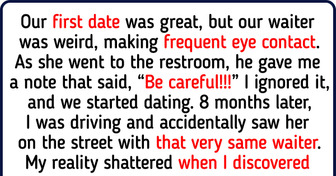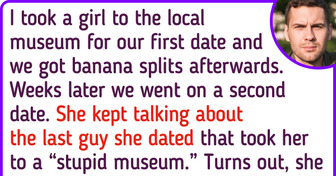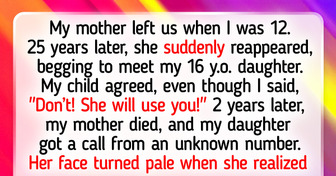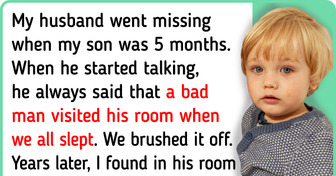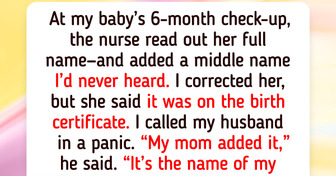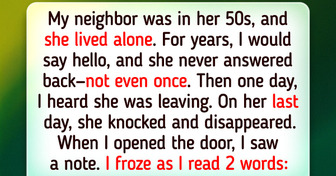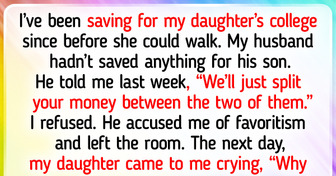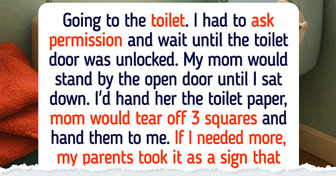18 Rich People Who Lost It All and Had to Find a Way to Make Ends Meet
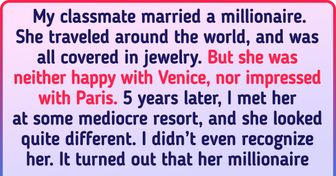
Can there be anything more touching than seeing a baby smiling? Even more touching if we mention the first smile of a newborn, also sometimes known as an angelic smile. And no it’s no wonder we call it that, since it’s usually a long-awaited moment for many parents that compensates, to some extent, for the tiredness and the sleepless hours of those first chaotic, but beautiful, months.
This magical moment is usually more common while babies are sleeping. Is the baby dreaming? Are they remembering their time in mommy’s tummy? Bright Side asked these same questions and wanted to know what babies are hiding behind their dreamy smiles.
If you were lucky enough to see your baby smiling on an ultrasound, don’t think you were imagining things that weren’t happening. A study that looked at more than 500 pregnant women using 4D ultrasound, found that up to 31 fetuses were actually smiling. All of them smiled for an average time of 3.21 seconds each. In this way, scientists determined that spontaneous smiles occur even when babies are still in the womb, and way prior to their birth.
Now, thanks to the development of new technologies that allow us to peek at babies inside their mother’s womb to see what’s going on in there before birth, it became possible to discover that fetuses can also yawn as early as 18 weeks after they were conceived. Around week 26 of their gestation, they can smile, blink, and even cry from inside the womb — these facial expressions are involuntary reflexes they’re developing as a sort of preparation for the moment of birth.
As we mentioned earlier, these actions performed by the baby in the womb are considered to be reflex actions. That is, they are an immediate response to a stimulus, which in the case of babies is usually a feeling of internal well-being. Unlike many of us, it’s very likely that babies are actually not aware that they are smiling so we’re talking about an involuntary movement of their muscles, like when they kick or suck their thumb.
When sleeping, a newborn normally goes through 2 sleep phases: active sleep and deep sleep. The active phase, also known as REM which is an acronym for Rapid Eye Movement, is thought to be produced by intense brain activity. This occurs approximately 60-90 minutes after falling asleep, but sleep works in cycles, so REM will alternate with deep sleep as well. Nevertheless, it’s precisely during REM sleep that we will most likely see our babies smile, grimace, or stretch their legs, as involuntary acts of their body.
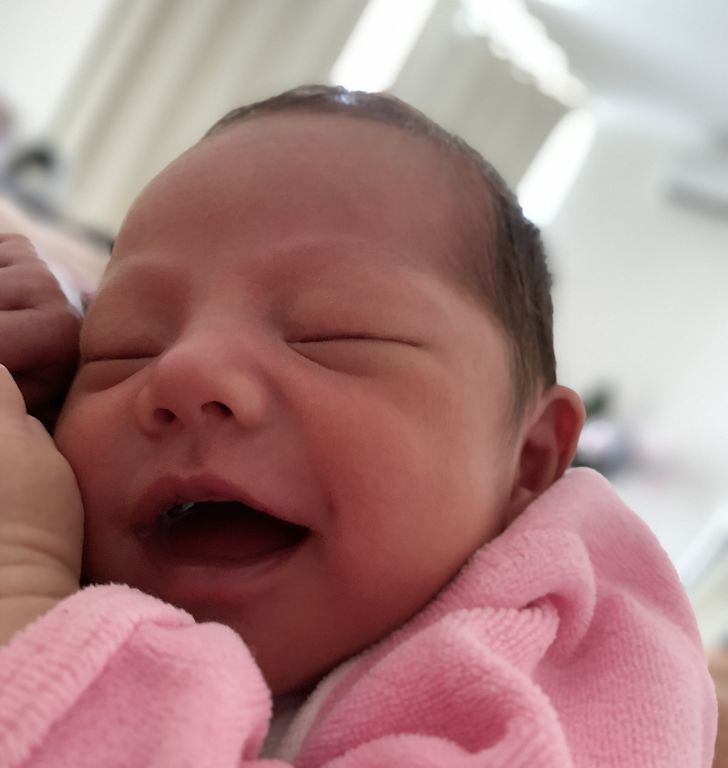
Since they cannot talk, both smiling and crying are a baby’s basic means of communication. This is, at least, true during their first moments after birth. However, you should also keep in mind that other separate sets of studies have managed to prove that babies are already social beings days or even hours after being born.
That is why their smiles can also be a response to positive feelings or soothing sensations such as a caress on the cheek or feeling clean again. Pleasant memories, like voices, aromas, and tastes can also trigger a smile on a baby.
And while we look at a baby that’s sleeping soundly we also often see him or her smile, that doesn’t necessarily mean that they’re dreaming even if that seems to be the case. In fact, this is hardly possible, since a newborn baby does not yet have enough experiences to remember, nor do they have the capacity to imagine, and their brain is still growing to gain those capacities.
Sleeping in the first weeks of life has some very specific functions which include helping babies to develop their brain, process information, and consolidate memory, which does begin to take shape in the womb. The latter, in fact, can be proven by observing how babies can recognize their mother’s or father’s voice just hours after being born.
Anyway, we know well that the motive behind these smiles will never replace the feeling you get when you see them on your baby for the first time. Do you have pictures of your newborns smiling? Feel free to share them with us and fill the comments with tenderness.
Bright Side has its own podcasts now. Take cool articles with you and listen to new stories whenever and wherever you want.


